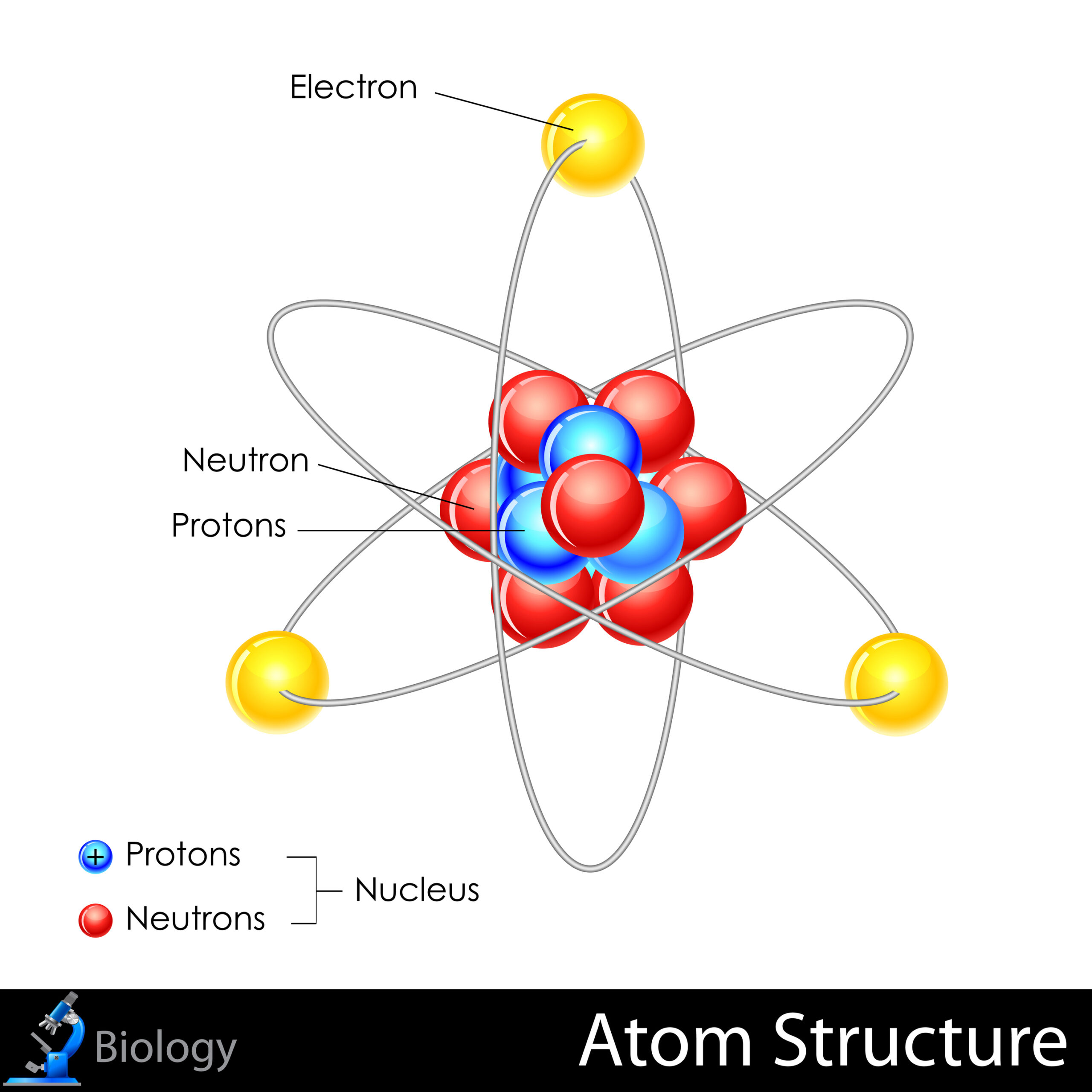In the realm of chemistry and molecular biology, the intricate dance of atoms forms the foundation of all matter. The question, “Are the atoms in molecules always different from each other?” presents an intriguing challenge. At first glance, one might assume that the answer leans towards a definitive “yes,” as various configurations of elements lead to a dazzling array of compounds. Yet, a profound examination of atomic structure reveals a nuanced reality. This discourse will explore the complexity of atomic arrangements in molecules, delve into homonuclear and heteronuclear significance, and consider how these arrangements influence the properties of substances.
Atoms are the fundamental building blocks of matter, each possessing unique characteristics defined by their atomic number—essentially the number of protons in their nuclei. These atoms can bond with one another to form molecules, wherein the nature of the bonds and the types of atoms present dictate the molecular composition. When considering molecules, they can be broadly categorized as either homonuclear or heteronuclear.
Homonuclear molecules consist entirely of atoms of the same element. A quintessential example is the diatomic nitrogen molecule (N₂). Here, two nitrogen atoms covalently bond, sharing three pairs of electrons. In this scenario, the atoms are definitively not different from each other. Thus, while they exhibit an intimate relationship and form a stable molecule, they remain indistinguishable on the atomic level. Similarly, oxygen (O₂) and hydrogen (H₂) exemplify homonuclear molecules, comprised solely of identical atoms, further reinforcing the idea that these molecules challenge the notion of diversity in atomic composition.
In stark contrast, heteronuclear molecules are composed of two or more different types of atoms, presenting a colorful tableau of atomic diversity. Water (H₂O), for instance, is a prime example—its molecule contains two hydrogen atoms and one oxygen atom, culminating in unique properties that are crucial for life. These molecules thrive on the distinctions between their constituent atoms, resulting in fascinating behaviors like polarity, reactivity, and phase changes. Here, the interactions between disparate atoms yield a symbiotic relationship that underpins essential biochemical functions.
The exploration becomes more complex when considering the interactions that take place within a single molecule. Take, for instance, organic compounds, which are predicated on the carbon atom’s unparalleled ability to form stable bonds with other atoms. Carbon can connect with identical carbon atoms (C-C) to form chains or rings, leading to variations like hydrocarbons or more complex biomolecules like proteins and nucleic acids. In such instances, the question of atomic differentiation becomes layered. One can have a molecule composed of the same element yet configured distinctively through isomerism, where molecules share the same molecular formula but differ in structural arrangement. Compounds like butane (C₄H₁₀) and isobutane (also C₄H₁₀) illustrate this phenomenon, provoking the thought of how subtle changes can influence properties dramatically.
Moreover, the concept of molecular geometry introduces yet another dimension to our inquiry. The formation of molecules is not merely a function of the types of atoms present; spatial orientation plays a pivotal role in defining interactions. For example, the geometry of a water molecule allows for the formation of hydrogen bonds, which would not occur in a linear arrangement like that found in carbon dioxide (CO₂). Such differences in three-dimensional arrangement confer unique properties upon compounds and make each molecule a distinctive entity even when some constituent atoms are repeated.
From a broader perspective, the principle of atomic isotopes adds another layer to our discussion. Isotopes, atoms of the same element containing different numbers of neutrons, can exist within the same molecule, causing otherwise identical atoms to vary subtly in mass and stability. For instance, in some biochemical applications, isotopes, such as carbon-12 and carbon-14, are utilized to trace chemical and biological processes. In such cases, while the atomic identity remains unchanged, the presence of isotopes introduces complexity within homonuclear molecules, raising questions about stability and reactivity.
To further illustrate this intricate relationship, consider the hybridization of atomic orbitals. In molecules like methane (CH₄), carbon undergoes sp³ hybridization, leading to a tetrahedral geometry that radically influences molecular behavior. While the carbon atom is the same across the molecule, the surrounding hydrogen atoms exhibit a unique spatial distribution that results in diverse chemical interactions, displaying the subtle interdependence of atomic composition and structure.
As we navigate through the intricacies of molecular formation, we find that the query, “Are the atoms in molecules always different from each other?” invites us into a realm rich with variations and possibilities. Homonuclear molecules affirm uniformity, while heteronuclear counterparts gloriously exemplify diversity’s significance. The role of atomic arrangement, isotopic variation, and molecular geometry reveals an elaborate tapestry of interactions that shape the material world.
In conclusion, the atoms within molecules can indeed be identical, leading to homonuclear structures that defy the assumption of diversity; however, when differing types of atoms come together in heteronuclear arrangements, a new world of molecular behavior unfolds. This exploration emphasizes the essential role of atomic characteristics and configurations, ultimately shaping our understanding of the molecular cosmos.












